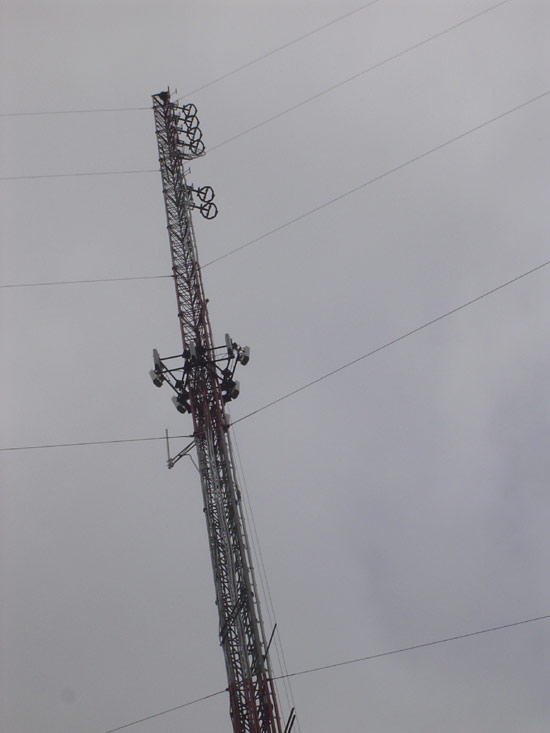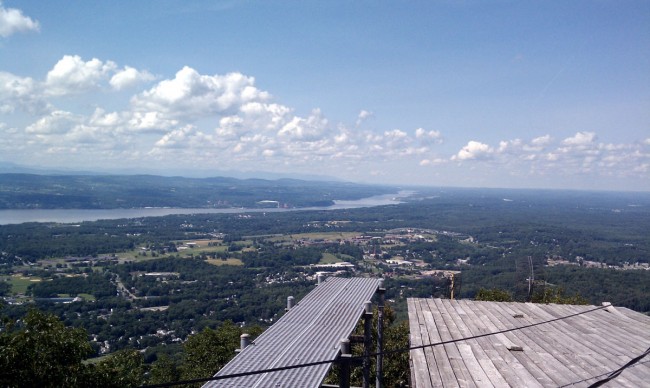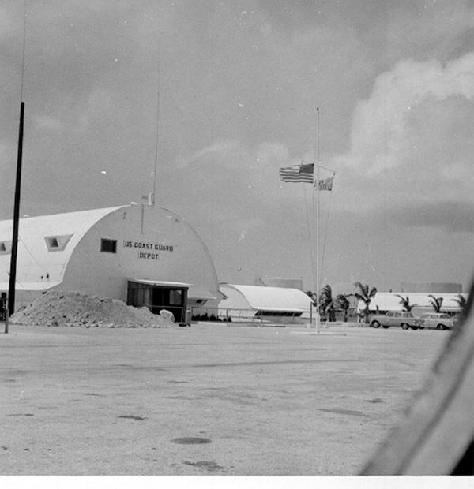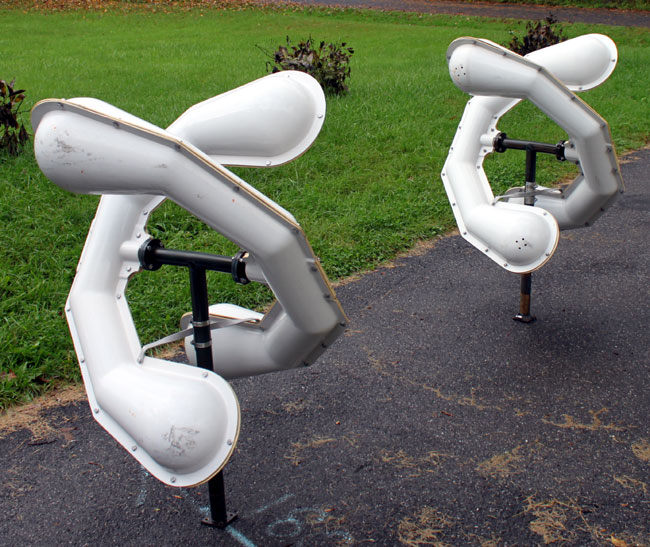Almost all radio stations use a tower of some sort to support their transmitting antennas. These towers need maintenance from time to time and only qualified people should perform maintenance on towers. Hence, the tower company is formed.
Over my years of experience, I have dealt with many different tower companies, from one-man operations to big corporations that have multiple crews out in the field on any given day. I have discovered that not all tower companies are created equal. Not only do tower climbers need to be in good physical shape and be trained correctly in all tower climbing safety procedures, they also need to be good mechanics so they can actually repair things on the tower. Climbing a 470-foot tower to repair a strobe light is all well and good. Once the climber gets to the strobe light, he needs to be able to disassemble it without dropping parts or breaking things, troubleshoot if needed, install new parts, and re-assemble the unit, again without dropping or breaking anything.
Applying RF connectors, installing an FM antenna or STL antenna, and repairing light fixtures or conduit all require some amount of manual dexterity and concentration. Assembling high-powered antennas requires close attention to detail. Any pinched O rings, cross-threaded bolts, bent bullets, and the antenna will have problems, likely at the worst possible time.
The sign of a bad tower company is if its climbers cannot carry out those tasks with one or at most two climbs. I have a situation on a tower where our FM station is a tenant. The tower has a strobe light failure near the top of the tower where our FM antenna is located. They have climbed the tower no less than four times to repair this, and it is still not fixed yet. Each time they climb, the station has to reduce power to protect the tower climbers from excessive RF exposure. Each climb it takes them several hours longer than anticipated to finish their work.
A good rule of thumb, If the defective part cannot be fixed in the first two climbs, then the entire strobe unit should be replaced on the third climb. Even though the strobe units are expensive, by the time they get done paying for all this tower work, they could have bought two new strobes. Today will be the fifth climb and there is no guarantee that it will be fixed.
I advised the tower owner that they should be looking around for another tower company because these guys aren’t exactly setting the world on fire.







My husband wants to work in radio, I’ll have to show him this.
Strobe systems can be trouble. Hughey-Phillips had a unit (KG-235) that AT&T bought in quantities that was simply horrible. The design had the power supply and most of the electronics in the tower-top unit which of course is “out in the elements”. The capacitors would short out the high voltage and the strobe would quit. How is a tower climber going to fix something like that on top of a tower? We pulled them all and went with TWR after thorough research. We have been real happy with them. The TWR electronics is in a wall mount cabinet that is easy to service. The cabling up the tower has to be installed correctly along with the static-drain bonding. But of course, the old 300mm incandescent 620 Watt bulbs are goof-proof and quick to replace. I really wish the FAA would re-consider changing the tower painting from the old 1935 “International Orange and Aviation White” 7 band painting scheme to what the University of Wisconsin experimented with back in 1973. The WMTV (Channel 15) tower was painted all black under a developmental grant and comments were sought from the pilots and the public. My information was that the solid black tower was more visible during bright sunlight as well as overcast skies than the 1935 standard. The FAA wouldn’t budge however. If we had all black towers with incandescent lamps, the only people moaning would be the energy conserving crowd and the Audobon Society.
We have a couple of newer towers with LED lighting. I like them. Somebody I spoke with who works for the FAA stated they would like to do away with tower painting completely and make all tower owners put in strobes, as that provides the best visibility, day and night. I don’t think most towns/cities will go for this. Strobes seem to drive the neighbors bonkers.
Yes, quite true. Many municipalities have restricted strobe lighting systems in their zoning ordinances. How they can overrule federal standards is puzzling and I know of no legal challenges to date. In Wisconsin, some dairy farmers have claimed that strobe lighting affects the nervous systems of cows ability to produce milk, and that they have noticed a diminished milk harvest after strobe lighting systems were installed on nearby towers. Personally, I find this to be outlandish, but strobe lighting does annoy many people. The TWR strobes have an excellent fresnel lens which has the beam concentrated at the horizon with very little illumination at ground level or high angles.
As far as the LED systems that I have seen, most have been troublesome. Lightning transients seem to cumulatively destroy individual LEDs in the array with a cumulative result of lower and lower brilliance. One manufacturer uses switching power supplies mounted in the beacon assembly which is total lunacy. At this state of the art, I would stay away from LED tower lighting systems mainly for the aforementioned, and also because the power savings isn’t great enough. A well engineered strobe system with careful attention to strobe cable installation on a tower is to be preferred as far as I am concerned. Incandescent would be my second choice.